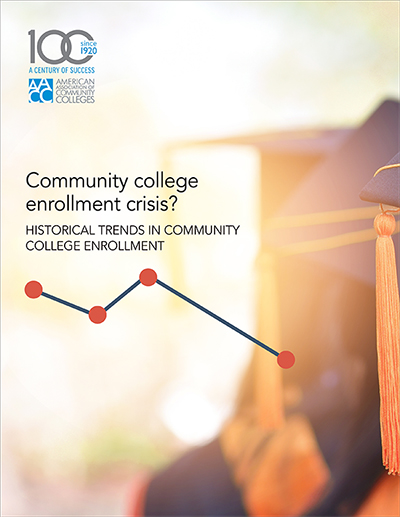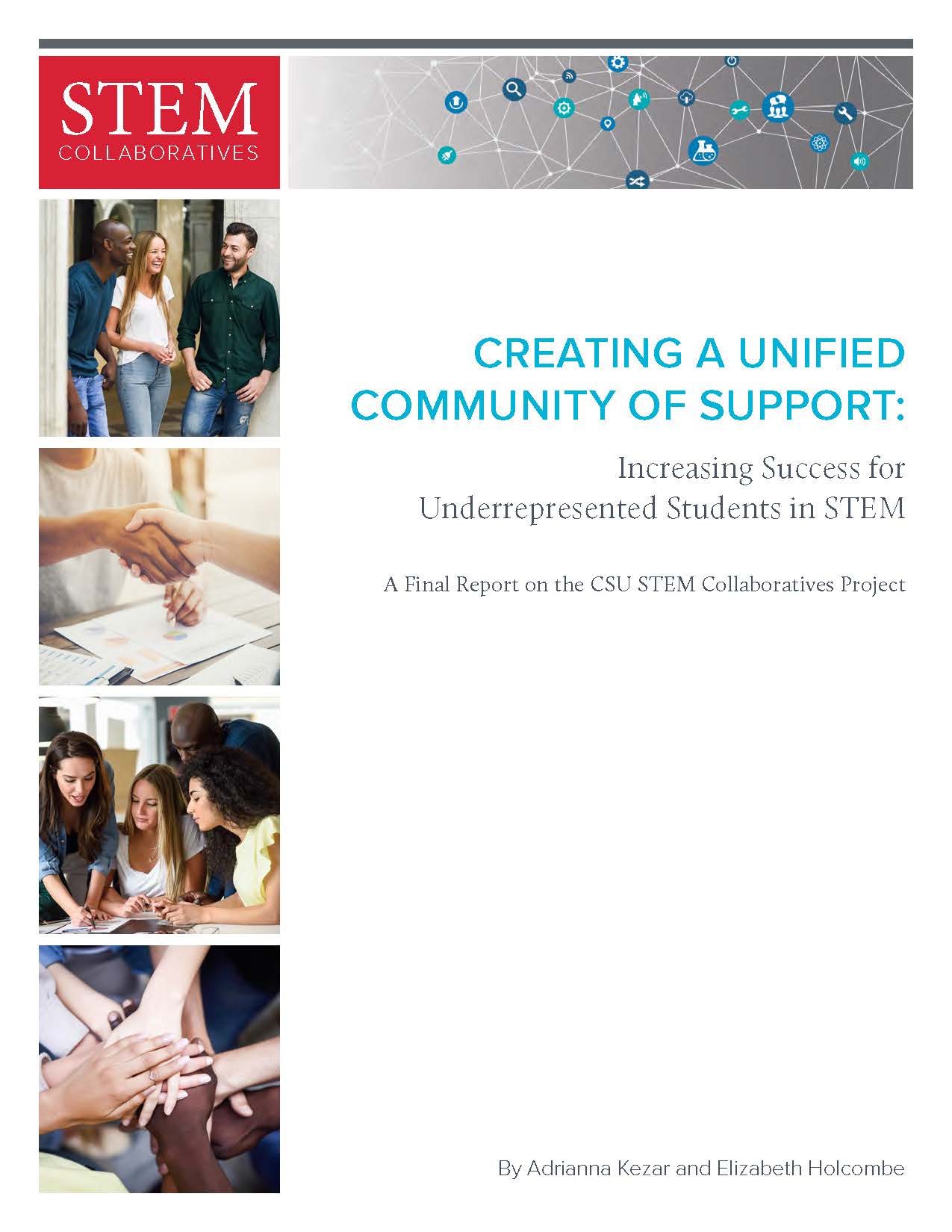Resource Guide
How to Make Your Teaching More Inclusive
The Chronicle of Higher Education
You may wonder: Is the role of a college instructor to help students feel included and ready to thrive? Is that something I should be doing? As champions of inclusive teaching, we say — emphatically — yes.
Besides teaching content and skills in your discipline, your role is to help students learn. And not just some students. The changing demographics of higher education mean that undergraduates come to you with a wide variety of experiences, cultures, abilities, skills, and personalities. You have an opportunity to take that mix and produce a diverse set of thinkers and problem-solvers.
Teaching inclusively means embracing student diversity in all forms — race, ethnicity, gender, disability, socioeconomic background, ideology, even personality traits like introversion — as an asset. It means designing and teaching courses in ways that foster talent in all students, but especially those who come from groups traditionally underrepresented in higher education.
Traditional teaching methods do not serve all students well. This guide is for any faculty member who believes, as we do, that education can be an equalizer. We share tips here that any instructor can use to minimize inequities and help more students succeed. We’re not suggesting a complete redesign of your courses, but more of an overlay to your current teaching practices.
Reports
Creating a Unified Community of Support: Increasing Success for Underrepresented Students in STEM
Adrianna Kezar, Elizabeth Holcombe (2017)
For decades, researchers have tried to boost the very low success rates of first-generation, low-income and underserved minority students in STEM education in college. Yet while more students from these groups have been entering colleges and pursuing STEM majors, the vast majority still are not earning STEM degrees. This report presents timely ideas for changing that trend.
Based on a study of the California State University STEM Collaboratives, a three-year project that provided immersive educational experiences to incoming STEM students on eight CSU campuses, this final report reviews findings on the value of the project for the broader campus community, the process of collaborating across departments and divisions and implementation challenges unique to creating integrated programs. The authors’ main takeaway is that specific interventions matter less than the integration of multiple support programs and collaboration across the academic affairs and student affairs divide.
Community college enrollment crisis?
American Association of Community Colleges
Community college enrollment crisis? 
HISTORICAL TRENDS IN COMMUNITY COLLEGE ENROLLMENT
Community college enrollment has been in decline nationally since peaking in 2010. This report will put the recent community college trends into perspective by reviewing community college enrollment from 2001 through 2017, and by examining concurrent trends that are related to community college enrollments. This report will provide the reader with a better understanding of enrollment changes for students with different characteristics (such as age, gender, or race and ethnicity) as well as by enrollment intensity. In addition, community college enrollment trends will be compared to other sectors of higher education. Furthermore, this report will examine enrollment trends in the context of other national, nonhigher education trends such as unemployment rates and high school graduation rates to better understand the trends we are seeing in community college enrollment.
Left Out Report
The Campaign for College Opportunity (2018)
Campaign for College Opportunity measures the diversity of leadership at all public colleges and universities in California. We found that unfortunately California is lacking in leadership diversity on most of its campuses.
“Left Out: How Exclusion in California’s Colleges and Universities Hurts Our Values, Our Students, and Our Economy” lifts the veil on the drastic disparity between California’s public college and university students and higher education leaders and faculty when it comes to race and gender.
Left Out reveals that today 69% of students enrolled in college in California are ethnically or racially diverse, yet over 60% of college faculty and senior leadership on California’s campuses and 74% of Academic Senators are White, which is troubling for the state’s economic future.
California’s standing as the sixth largest economy in the world depends on producing more college graduates. Key to improving student success is ensuring centers of power and leadership at California’s public colleges and universities understand the needs, experiences, and strengths of the current and future student body so that policies and practices better serve them. That work starts with racially and gender diverse leaders and faculty.
Use our tools below to examine the lack of diversity in leadership and campus officials at California Colleges and Universities.
CAMPUS REPORT
Dig into key diversity metrics such as Student Enrollment, Tenured Faculty, Non-tenured Faculty, Campus and System Academic Senates, and Campus and System Senior Leadership.
SYSTEM REPORT
Compare key diversity metrics between campuses and their regions/systems such as Student Enrollment, Tenured Faculty, Adjunct Faculty, System Execs, Campus Execs and System and Campus Academic Senates.
A Mind at Work: Maximizing the Relationship Between Mindset and Student Success (2019 National Report)
Center for Community College Student Engagement

New findings from the Center for Community College Student Engagement indicate that
mindset may play an important role in student engagement. Students who have more
productive mindsets are more engaged and have higher GPAs. Thus, understanding
mindset—and helping students improve their academic mindsets—may open new
avenues for improving student success.
With survey findings collected from over 80,000 community college students at 159 institutions, the report confirms that students who have more productive academic mindsets are more engaged and have higher GPAs.
Watch a webinar on A Mind at Work facilitated by Center Executive Director Evelyn Waiwaiole and Rachel Beattie, the director of productive persistence for Carnegie Math Pathways at WestEd.



